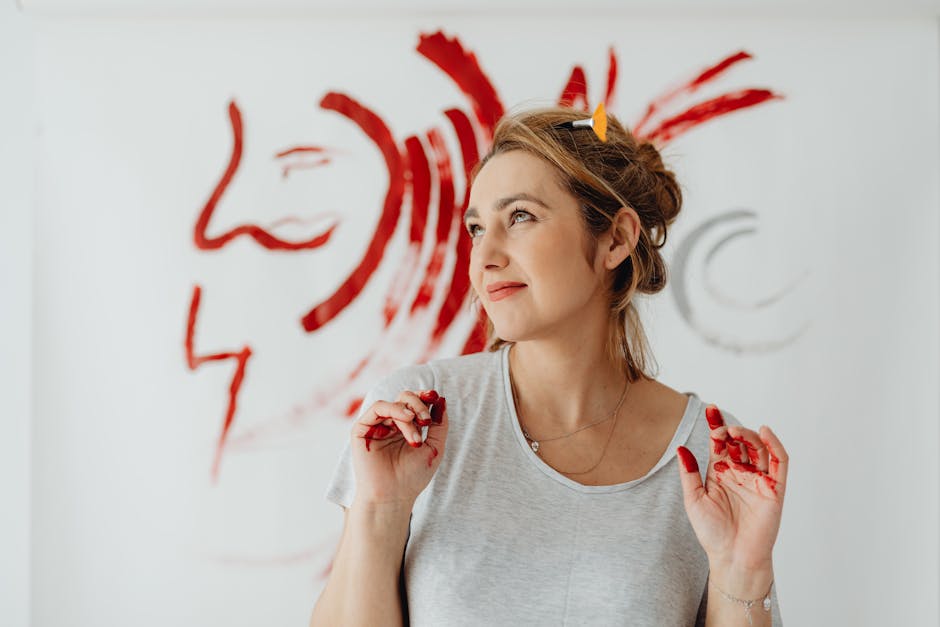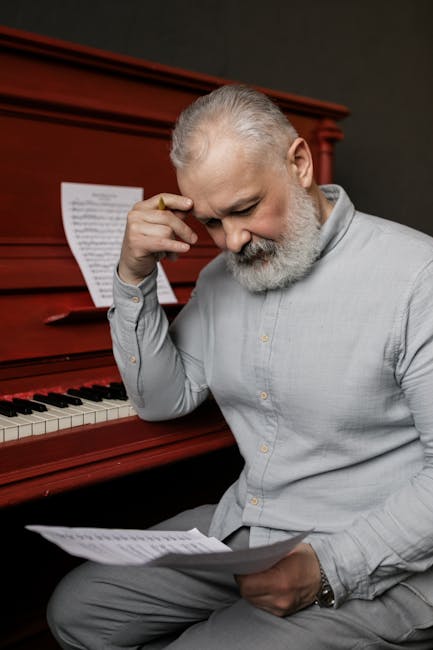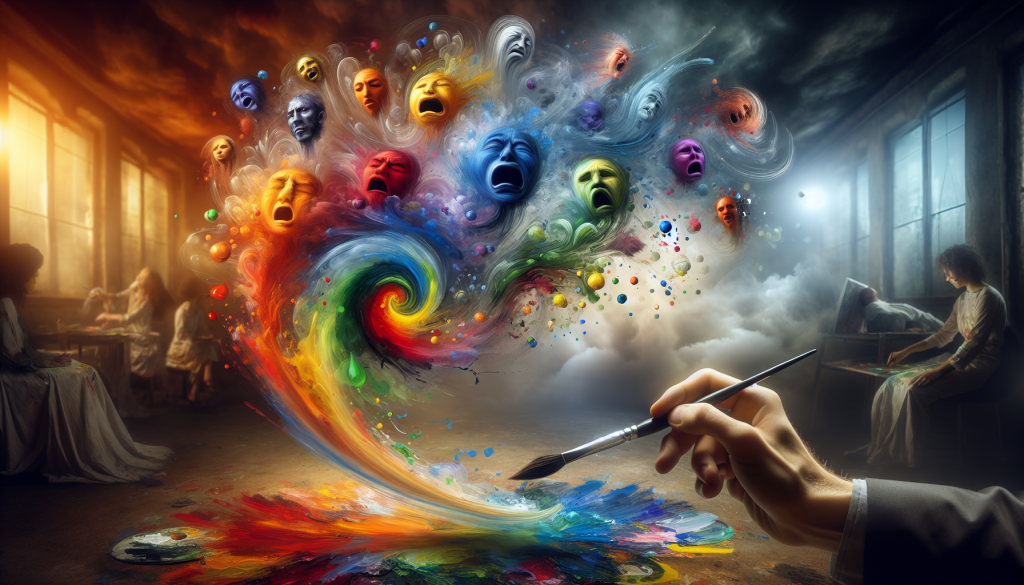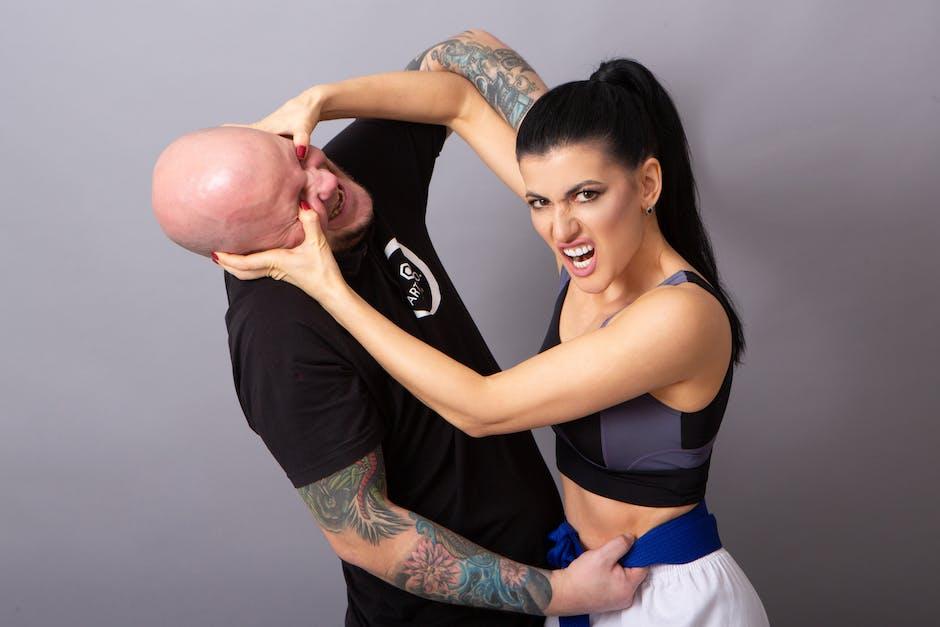How Can Creative Outlets Help In Processing Emotions?
Sometimes, emotions can feel like a tangled ball of yarn—messy, overwhelming, and impossible to unravel. But what if I told you that picking up a paintbrush, writing in a journal, or even dancing in your living room could help you untangle that mess? Creative outlets provide a powerful way to process emotions, offering a safe and expressive space to explore what’s going on inside.
If you’ve ever felt stuck in your feelings or struggled to put them into words, this post is for you. Let’s dive into how creativity can be your emotional toolkit, helping you heal, grow, and thrive.
Key Takeaways
- Creative outlets allow you to express emotions in ways words often can’t.
- They provide a safe, non-judgmental space for emotional exploration.
- Engaging in creative activities promotes self-awareness and emotional healing.
- Techniques like journaling, art, and music therapy can help you process feelings effectively.
- Building creative habits fosters long-term emotional well-being.
Introduction to Creative Outlets and Emotional Processing
Definition of Creative Outlets
A creative outlet is any activity that allows you to express yourself artistically or imaginatively. It could be painting, writing, dancing, sculpting, or even baking. These activities aren’t just hobbies—they’re tools for self-expression and emotional release.
Think of creativity as a bridge between your inner world and the outside world. It’s a way to translate your feelings into something tangible, whether it’s a poem, a melody, or a colorful canvas.
Importance of Emotional Processing
Emotions are like waves—they come and go, but if you don’t process them, they can build up and crash over you. Emotional processing is the act of understanding, expressing, and working through your feelings.
When emotions are ignored or suppressed, they can lead to stress, anxiety, or even physical health issues. Processing them is essential for mental well-being.
Connection Between Creativity and Emotional Healing
Creativity and emotional healing go hand in hand. Engaging in creative activities can help you confront and release emotions in a healthy way. It’s like having a conversation with your soul, where you can say things you might not be able to articulate otherwise.
In fact, studies have shown that creative expression can reduce stress, improve mood, and even enhance overall mental health. If you’re curious about the link between creativity and mental health, check out this insightful article on the topic.

How Creative Outlets Facilitate Emotional Expression
Providing a Safe Space for Emotional Exploration
Non-Judgmental Environment for Self-Expression
When you’re creating, there’s no right or wrong. A blank page or canvas doesn’t judge you—it simply listens. This non-judgmental environment allows you to express your feelings freely, without fear of criticism.
Freedom to Explore Complex Emotions
Sometimes, emotions are too complicated to explain. Creativity gives you the freedom to explore these complexities without needing to make sense of them right away. It’s like opening a door to your inner world and letting the light in.
Communicating Emotions Beyond Words
Artistic Activities as a Medium for Non-Verbal Expression
Not all emotions can be put into words. That’s where art comes in. Painting, drawing, or sculpting can help you express feelings that are too deep or abstract for language.
Overcoming Barriers to Verbal Articulation
If you’ve ever struggled to say how you feel, you’re not alone. Creative outlets can help you bypass this barrier, offering a way to communicate emotions that words can’t capture. For example, music therapy is often used to help people express themselves when talking feels impossible.

The Therapeutic Benefits of Creative Activities
Processing and Confronting Emotions Through Creation
Art as a Tool for Emotional Confrontation
Creating art can feel like holding up a mirror to your emotions. It forces you to confront what you’re feeling, even if it’s uncomfortable. But in doing so, it helps you understand and process those emotions.
Releasing Suppressed Feelings Through Creative Expression
Have you ever felt a weight lift off your shoulders after writing in a journal or painting something meaningful? That’s the power of creative expression. It allows you to release emotions you didn’t even realize you were holding onto.
Promoting Self-Awareness and Understanding
Gaining Insights Into Emotional States
Engaging in creative activities can help you uncover hidden emotions. For instance, journaling can reveal patterns in your thoughts and feelings, giving you a clearer picture of your emotional landscape.
Encouraging Reflection and Personal Growth
Creativity isn’t just about expression—it’s also about reflection. Looking back at what you’ve created can offer valuable insights into your emotional journey, helping you grow and heal.
If you’re interested in exploring more ways to express emotions healthily, this guide offers some great tips.

Techniques and Processes in Creative Emotional Processing
The 6-Step Art Process for Emotional Expression
Steps to Visually Represent Emotions
The 6-step art process is a structured way to use creativity for emotional healing. It involves identifying your feelings, choosing colors and shapes that represent them, and creating a visual representation of your emotions.
Deepening Connection With Feelings Through Structured Creativity
This process not only helps you express your emotions but also deepens your understanding of them. It’s like peeling back the layers of an onion to get to the core of what you’re feeling.
For a detailed guide on this process, check out this article.
Other Creative Methods for Emotional Healing
Journaling and Writing
Writing is one of the simplest yet most effective ways to process emotions. Whether it’s a diary entry, a poem, or a letter you’ll never send, putting your thoughts on paper can be incredibly cathartic.
Music and Movement Therapy
Music and movement are powerful tools for emotional expression. Dancing to your favorite song or playing an instrument can help you release pent-up energy and emotions.

Empowerment Through Creative Outlets
Taking Control of Emotional Experiences
Building Resilience Through Creative Empowerment
Engaging in creative activities can make you feel more in control of your emotions. It’s like having a superpower that helps you navigate life’s ups and downs with grace and resilience.
Developing a Sense of Agency in Emotional Healing
When you create, you’re taking an active role in your emotional healing. This sense of agency can be incredibly empowering, reminding you that you have the tools to cope with whatever life throws your way.
Fostering Long-Term Emotional Well-Being
Establishing Creative Habits for Ongoing Support
Making creativity a regular part of your life can provide ongoing emotional support. Whether it’s a weekly painting session or a daily journaling habit, these practices can help you stay emotionally balanced.
Strengthening Emotional Regulation Skills
Creative outlets can also improve your ability to regulate emotions. By giving you a healthy way to process feelings, they make it easier to stay calm and centered, even in challenging situations.
For more ideas on healthy emotional outlets, check out this resource.
Conclusion
Recap of the Role of Creative Outlets in Emotional Processing
Creative outlets are more than just hobbies—they’re lifelines. They help you process emotions, gain self-awareness, and heal from within. Whether it’s painting, writing, or dancing, these activities offer a safe and expressive space to explore your feelings.
Encouragement to Explore Personal Creative Practices
So, what’s stopping you? Pick up that paintbrush, open that journal, or turn up the music. Your emotions are waiting to be expressed, and creativity is the key to unlocking them.
If you’re looking for more ways to enhance your creativity, this guide might inspire you. Remember, the journey of emotional healing starts with a single stroke, word, or step.
FAQ: How Can Creative Outlets Help in Processing Emotions? Discover the Power of Expression!
What are creative outlets, and how do they relate to emotional processing?
Creative outlets are activities like painting, writing, music, or crafting that allow individuals to express themselves. They help in processing emotions by providing a non-verbal way to release and understand feelings, fostering self-awareness and emotional clarity.
Why are creative outlets effective for managing emotions?
Creative outlets engage the brain in ways that promote relaxation and reduce stress. They allow individuals to channel difficult emotions into productive and meaningful activities, offering a sense of control and accomplishment.
Can creative outlets help with specific emotions like anger or sadness?
Yes, creative outlets can be tailored to address specific emotions. For example, vigorous activities like drumming or dance can help release anger, while reflective practices like journaling or painting can provide comfort and insight for sadness.
Do I need to be skilled or artistic to benefit from creative outlets?
Not at all! The benefits of creative outlets come from the process, not the outcome. Whether you’re a beginner or an expert, engaging in creative activities can help you process emotions and improve your mental well-being.
How do creative outlets compare to traditional methods of emotional processing, like therapy?
Creative outlets can complement traditional therapy by offering an additional way to explore and express emotions. While therapy provides structured guidance, creative activities offer a personal and flexible space for emotional release.
What are some examples of creative outlets I can try?
There are countless options, including painting, drawing, writing, playing an instrument, dancing, cooking, gardening, or even photography. Choose something that resonates with you and feels enjoyable or meaningful.
How often should I engage in creative outlets to see emotional benefits?
There’s no strict rule, but consistency helps. Even dedicating 15-30 minutes a few times a week to a creative activity can make a noticeable difference in emotional processing and overall well-being.
Are there scientific studies supporting the emotional benefits of creative outlets?
Yes, numerous studies highlight the mental health benefits of creative activities. Research shows they can reduce stress, improve mood, and even alleviate symptoms of anxiety and depression by promoting emotional expression and relaxation.
Can creative outlets be used as a tool for long-term emotional growth?
Absolutely! Over time, creative outlets can help you develop greater emotional resilience and self-awareness. They encourage reflection and personal growth, making them a valuable tool for long-term emotional well-being.
How can I start incorporating creative outlets into my daily life?
Start small and choose an activity that excites you. Set aside a specific time in your day or week to engage in it, and remember, the goal is to enjoy the process, not to create something perfect.



